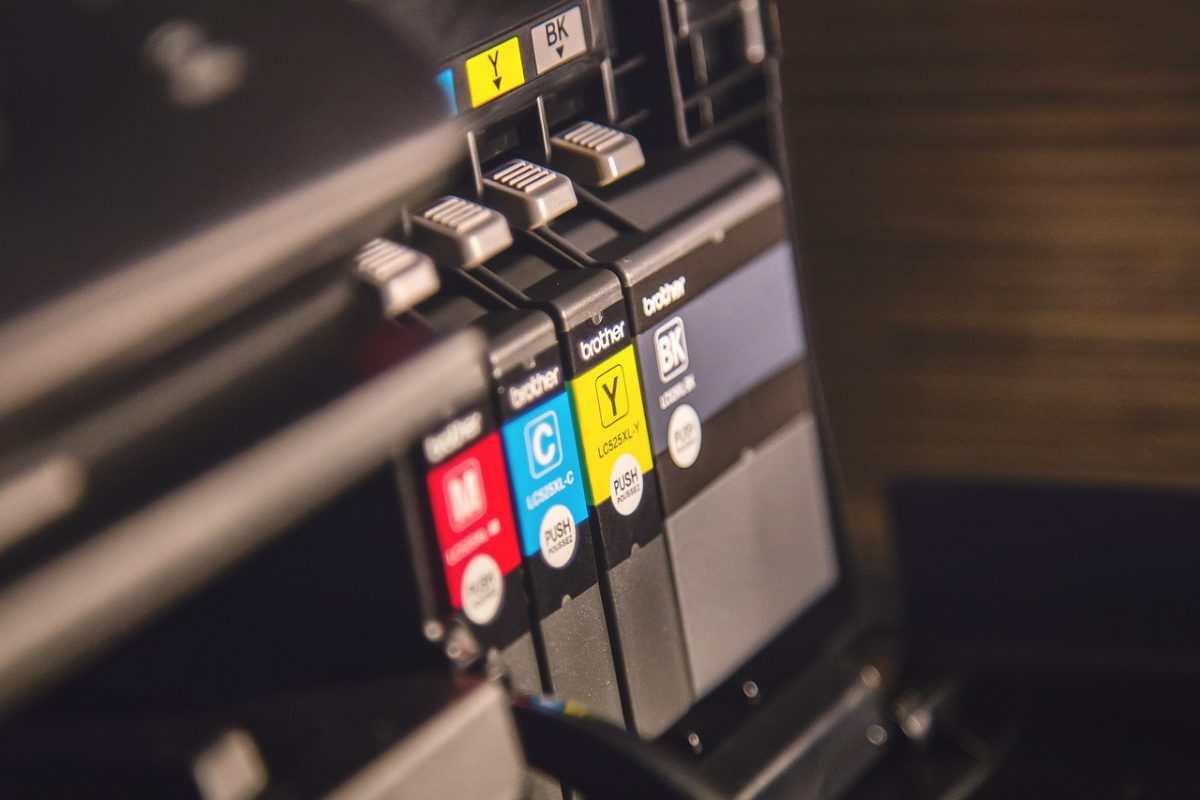
Printer not functioning normally is a common issue. It can happen anytime and give you a headache. For example, you’re in a hurry but your printer is acting up and won’t print your document in color. If you’re experiencing this problem, you’ve come to the right place. In this article, we’ll show you how to fix your printer when it’s not printing in color.
Try these fixes…
You don’t have to try them all, just work your way down the list until you find the one that does the trick!
1: Perform basic troubleshooting
2: Try to print from a different device
Fix 1: Perform basic troubleshooting
When your printer only prints in black-and-white all of a sudden, the first thing you can do is performing some basic troubleshooting. Sometimes you’ll just need to replace the ink cartridge or adjust a setting, and your printer will work just fine. To perform basic troubleshooting, you can follow these steps:
- Make sure the document is set to print in color and enable the color printing feature on your printer.
- Check the ink level and replace the ink cartridge if necessary.
- Clean the print head. Most printers have an automatic cleaning feature now. If your printer doesn’t, you can try to manually clean it. Please refer to a guide while doing so.
- Make sure the printer is correctly connected to your device.
- Restart your printer and test the issue again.
Fix 2: Try to print from a different device
If you’ve tested the basics and everything seems just fine, then the problem may be with your PC. You can try to send the print job on another PC, your phone, or tablet, to see if can print your document in color.
If it does, then you may need to update your driver (see the next fix). If your printer still won’t print in color, then it could be a hardware issue. Consider seeking help from a printer technician or replace your printer if it’s an old one.
Fix 3: Update your printer driver
A common cause for most printer issues is a faulty or outdated printer driver. When you’ve performed basic troubleshooting steps but your printer still won’t print in color, you may want to check the driver. You’d want to make sure your printer driver is up-to-date and functioning properly.
There are two ways to keep your printer driver up-to-date. One is to manually update it via Device Manager. Just note that Windows doesn’t always give you the latest available update, and you may need to search on the manufacturer’s website. Be sure to choose only the driver that is compatible with your Windows version.
Automatic driver update – If you don’t have the time, patience, or computer skills to update your driver manually, you can, instead, do it automatically with Driver Easy. Driver Easy will automatically recognize your system and find the correct driver for your exact printer and your Windows version, then it will download and install the driver correctly:
- Download and install Driver Easy.
- Run Driver Easy and click the Scan Now button. Driver Easy will then scan your computer and detect any problem drivers.

- Click the Update button next to the flagged printer driver to automatically download the correct version of the driver, then you can manually install it (you can do this with the FREE version).
Or click Update All to automatically download and install the correct version of all the drivers that are missing or out of date on your system. (This requires the Pro version which comes with full support and a 30-day money-back guarantee. You’ll be prompted to upgrade when you click Update All.)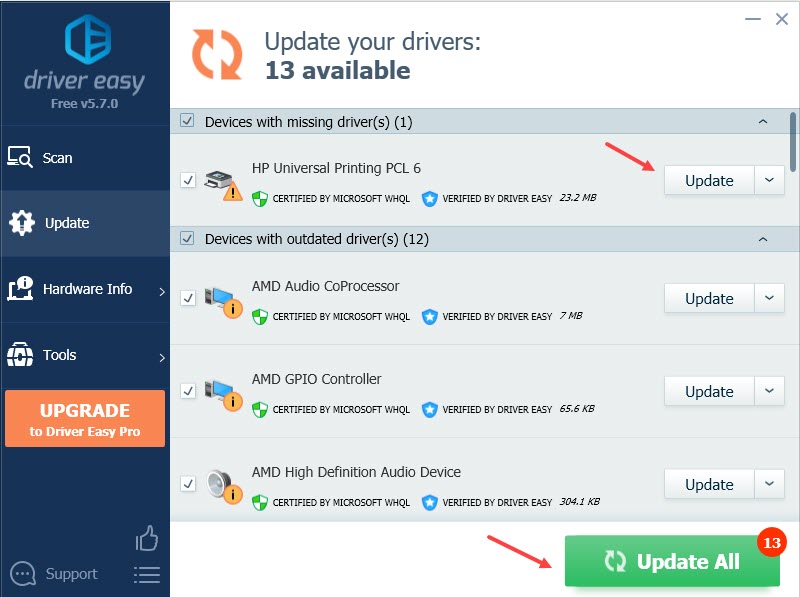
Fix 4: Repair system files
If the fixes above didn’t give you luck, you may be looking at a system-wide issue. Let’s say some of your system files or Windows services that are required for printing are corrupted. It could cause printer issues and thus your printer can have problems printing in color.
To identify problematic system files, normally you can use the system checker tool (sfc /scannow).
Here’s how:
- Press the Windows logo key and R on your keyboard to invoke the Run box.
- On your keyboard, type cmd and press Ctrl, Shift and Enter at the same time to run Command Prompt as administrator.
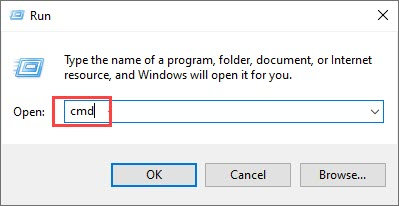
- You’ll be prompted for permission. Click Yes to open Command Prompt.
- Type sfc/scannow, then press Enter.
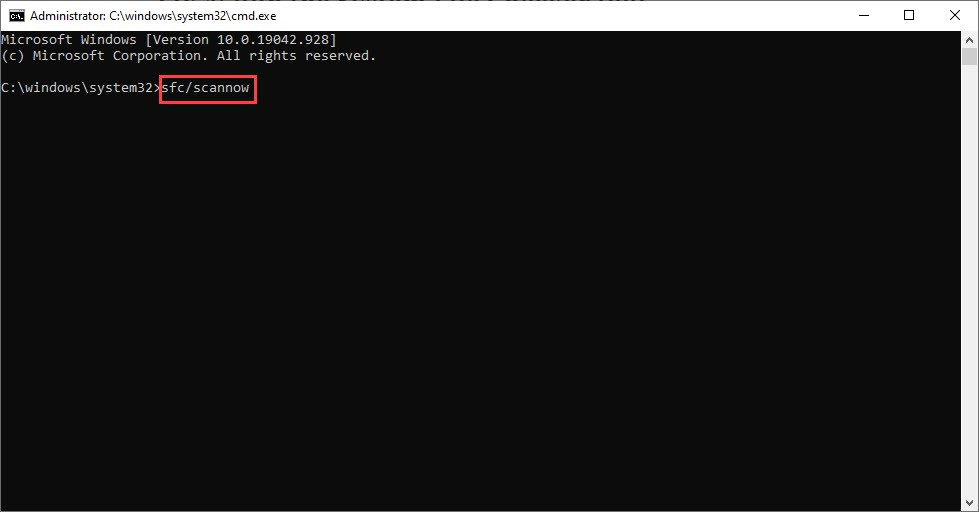
- The System Files Checker tool will automatically scan for corrupt or missing files and fix them, if there’s any.
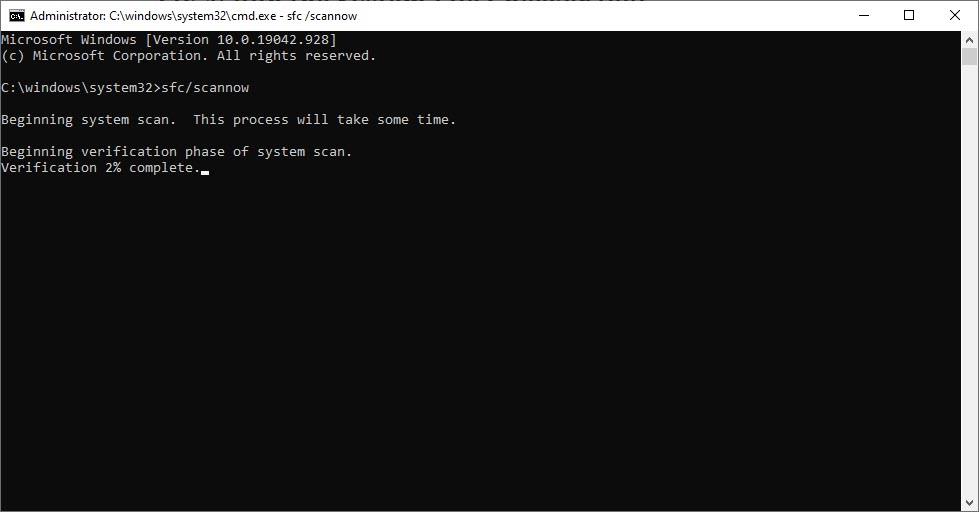
Restart your PC to see if the issue persists.
Hopefully, this article is helpful. Please feel free to leave a comment if you have any questions or suggestions.





